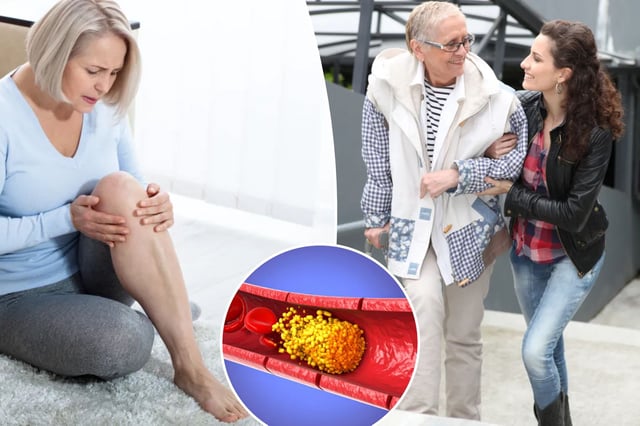Overview
- Doctors highlight that PAD reduces blood flow to the legs and feet and is frequently asymptomatic or mistaken for normal aging, with classic exertional leg pain more often reported by men while women tend to have atypical symptoms and later diagnoses.
- Slow-healing or non-healing sores on the toes or feet are flagged as a sign of advanced, limb‑threatening disease, often accompanied by cold, pale or shiny skin and hair loss on the legs.
- Roughly 21 million Americans are estimated to have PAD, many unknowingly, and Black and Hispanic communities face a disproportionate burden.
- Risk rises with older age, smoking, diabetes, high blood pressure, high cholesterol, obesity and a family history of vascular disease, and PAD is linked to a higher likelihood of heart attack and stroke.
- Clinicians advise prompt evaluation and established testing such as the ankle‑brachial index, ultrasound or angiography, with treatment ranging from lifestyle changes and medications to angioplasty or bypass surgery in advanced cases.


